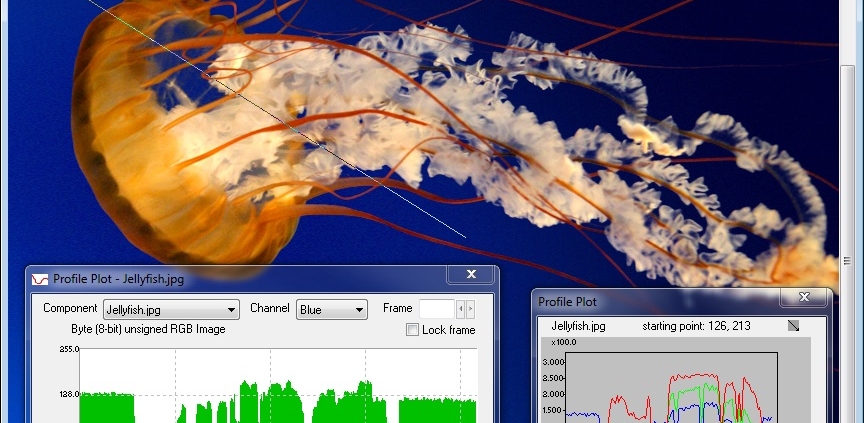Investigator Video Editor: Professional Video Enhancement Software for Forensic Clarity
In the world of digital forensics, clarity and detail are everything. Investigators often work with video evidence that is grainy, poorly lit, or distorted—conditions that can compromise the integrity of a case. This is where the role of an investigator video editor and professional video enhancement software becomes indispensable. These advanced tools empower forensic experts to extract, enhance, and analyze video footage with exceptional precision, uncovering vital clues that might otherwise go unnoticed.
Whether you’re dealing with surveillance video from a crime scene or dashcam footage from an accident, the ability to enhance video evidence professionally is crucial. In this blog, we explore how cutting-edge video editing tools designed for investigators play a pivotal role in digital forensics.
What Is an Investigator Video Editor?
An investigator video editor is a specialized software application tailored to the needs of forensic professionals. Unlike standard video editing programs, these tools offer advanced functionalities such as frame-by-frame analysis, image stabilization, deblurring, and noise reduction. Their purpose is to reveal hidden details, authenticate footage, and prepare admissible evidence for court proceedings.
These editors often include timestamp synchronization, object tracking, and comparative analysis—making them indispensable in law enforcement, accident reconstruction, and legal contexts.
Key Features of Professional Video Enhancement Software
1. High-Resolution Upscaling
Many surveillance videos are captured in low resolution. Professional video enhancement software uses AI-driven upscaling to increase image clarity, making it easier to identify suspects, license plates, and other critical elements.
2. Frame-by-Frame Analysis
Each frame of video evidence can contain vital information. Forensic video editors allow investigators to scrutinize each frame individually, helping identify inconsistencies or tampering.
3. Noise Reduction & Deblurring
Poor lighting, camera shake, and environmental factors can distort footage. Enhancement software applies deblurring algorithms and noise reduction techniques to restore visual fidelity.
4. Timestamp Correction & Synchronization
In forensic analysis, timestamps can be as important as visual data. These tools ensure accurate synchronization, helping investigators track movements and sequences of events with confidence.
5. Exporting Court-Admissible Formats
Professional-grade software ensures that enhanced footage can be exported in formats that meet legal standards, complete with documentation for chain-of-custody and processing logs.
Why Investigators Rely on Advanced Video Editing Tools
Digital forensic investigators face complex challenges when dealing with raw video data. Time-sensitive investigations require fast, reliable, and clear insights. Without the right tools, even the most promising piece of evidence might become unusable. Here’s why advanced video enhancement software is critical:
- Preservation of evidence integrity
- Detection of tampered or altered frames
- Rapid analysis and case resolution
- Improved communication with legal teams and courts
By using software specifically designed for investigative work, professionals can significantly increase the accuracy and reliability of their findings.
Best Practices for Using Professional Video Enhancement Software
To make the most of these tools, forensic professionals should:
- Work with original video files to prevent data loss.
- Maintain a detailed log of every enhancement step for courtroom transparency.
- Use standardized processes to ensure consistency.
- Avoid over-enhancement that may alter the original meaning or context of the footage.
Adhering to these practices ensures both technical and legal credibility.
Conclusion
The increasing reliance on video evidence in criminal and civil investigations makes tools like the investigator video editor and professional video enhancement software more critical than ever. These advanced systems allow forensic specialists to reveal crucial information hidden in pixels, delivering justice with clarity and precision.
Whether you’re working in law enforcement, private investigation, or legal support, investing in the right tools can make all the difference in your case outcomes.
FAQs
Q1: Can enhanced video footage be used as evidence in court?
Yes, provided that the editing process is documented and the software used adheres to forensic standards.
Q2: What’s the difference between a regular video editor and a forensic video editor?
Forensic editors offer features like timestamp synchronization, frame analysis, and noise removal designed for legal and investigative use.
Q3: Do I need technical expertise to use forensic video enhancement software?
While user-friendly, many advanced features require some training or prior knowledge of forensic procedures.
Q4: Can I enhance video recorded at night or in low light?
Yes, professional software includes tools for brightness adjustment, contrast balancing, and noise reduction in low-light scenarios.Q5: How do I maintain the chain of custody when enhancing videos?
By logging every step taken during the enhancement and exporting with metadata, you can ensure the evidence is admissible in legal settings.




Leave a Reply
Want to join the discussion?Feel free to contribute!